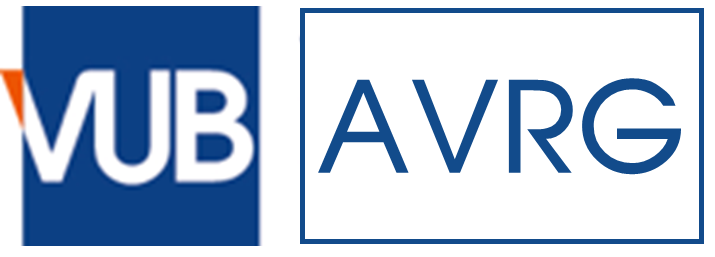Research background
One of the main topics of the research in the field of vibration analysis is Modal Analysis. Operational Modal Analysis (OMA) allows extracting the modal parameters (resonance frequency, damping ratio, and mode shapes) from the dynamic response of the structure to unmeasured operational forces. In this way, unlike Experimental Modal Analysis (EMA) which requires known excitation forces, it is possible to have insight into the modal parameters under real boundary and operational conditions.
Having insight in the evolution of the modal behavior of the structures under real operating conditions poses the basis for a field-data driven design process that leads to optimized machines with respect to Noise, Vibration and Harshness (NVH) problems.
The work of our group moves in two directions. On one side, fundamental research is performed to improve the OMA algorithms and overcome their main limitations when used on real data acquired on rotating machines (e.g. presence of harmonics in the measured signals, non-scaled mode shapes). On the other side, the developed algorithms are coupled with machine learning methods to create an application (valuable also from an industrial point of view) able to autonomously and continuously process real data coming from operating machines. Supported by an IoT framework, the application runs on embedded systems installed on sensorized machines.
The group works in close collaboration with industrial partners (mainly wind energy and automotive fields) inside and outside of Belgium in order to have real data and industrial challenging cases to develop and validate the work.


